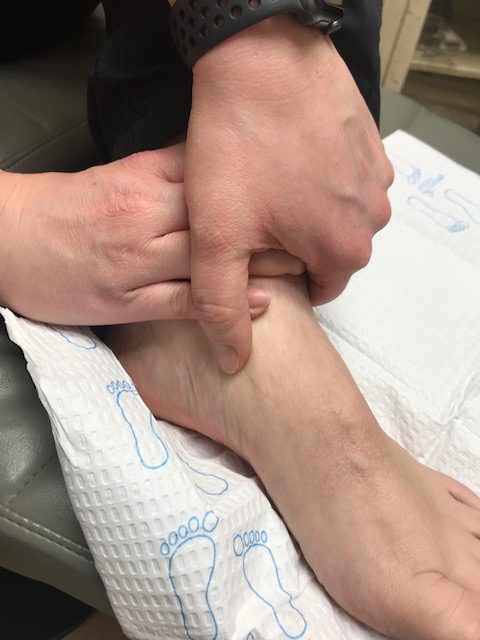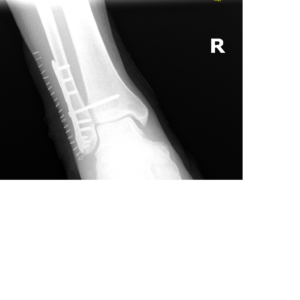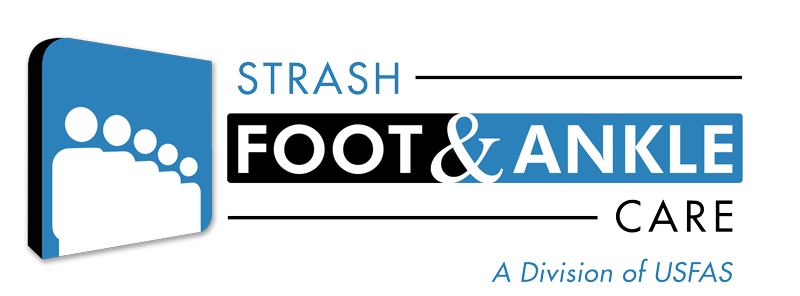
03 Jan The Broken Ankle
You’re playing your favorite sport or performing your favorite exercising activity and you “roll your ankle.” Is it sprained or did you break a bone?
Ankle fractures are common injuries most often caused by the ankle rolling inward or outward. In my practice, they’re a daily occurrence. The first question asked by patients is, “So which is it Doc, a sprain or a fracture?” It’s common for people to mistake an ankle fracture for an ankle sprain, but they are very different and therefore require an accurate and early diagnosis. Sometimes the injury is both.
What are the symptoms?
– pain around the ankle and the pain can extend from the foot up towards the knee
– swelling around the ankle that can go from the lower leg and into the foot
– blisters and if you see these “fracture blisters” you’ll want to be seen and treated by a foot and ankle surgeon ASAP
– difficulty and pain when trying to walking
– bone protruding through the skin – a sign that care is needed immediately
Following an ankle injury, it’s important to have your ankle evaluated and examined by a foot and ankle surgeon for proper diagnosis and treatment. Under most circumstances, if a patient calls Strash Foot and Ankle Care we’ll make every effort to get you into our office on the same day for a more thorough assessment.
The affected limb will be examined, x-rayed and other imaging studies may be ordered as necessary.
Depending on the type and severity of the ankle fracture, surgery to the area may or may not be required. Initially, the area should be treated with R.I.C.E., rest, ice, compression and elevation. Once evaluated by your foot and ankle surgeon further treatment will be decided. Certain fractures are treated by protecting and restricting the ankle and foot in a cast, fracture boot or splint. Immobilization will allow the bone to heal.
For some ankle fractures, surgery is needed to repair the fracture, soft tissue-related injuries and bring the ankle joint back into alignment if present. Your foot and ankle surgeon will select the surgical procedure that is most appropriate for your injury.

Remember to always follow your surgeon’s instructions after treatment. Failure to do so can lead to infection, deformity, arthritis and chronic pain.
Whether you are a professional athlete or weekend warrior, an injury to your feet and ankles can be quite unsettling. The good news is you can fully recover from an ankle fracture and return to full performance.
Give my office a call, today – we’ll be sure to help you put your best foot forward, again!

